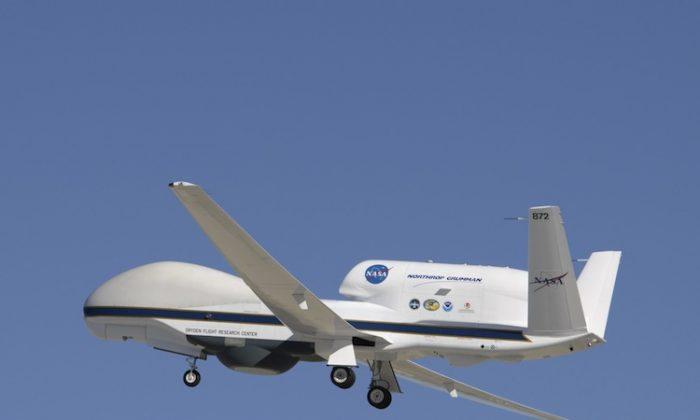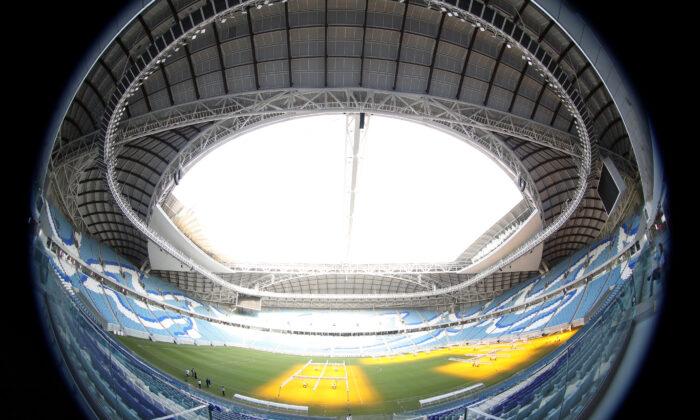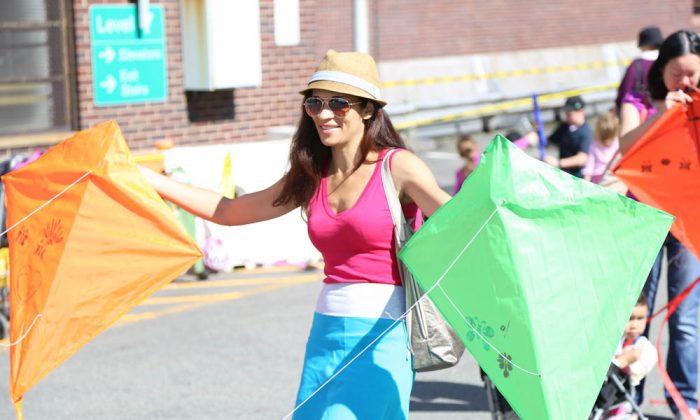Drones, also called unmanned aerial vehicles (UAV), are aircraft without a human operator. They are either remotely controlled or fly autonomously, or both.
The wingspan of an UAV can be smaller than a model airplane or as big as a passenger airplane. Drones carry sensors and cameras for surveillance, while some of them are equipped with lethal munitions.
Pioneered by the Israeli army, drones have been predominately used for military purposes, both for reconnaissance as well as target destruction.
The U.S. military has been is using drones increasingly in its anti-terror efforts, notably in the region of Pakistan’s border with Afghanistan. According to congressional records, the Pentagon’s drone inventory increased 40-fold between 2002 and 2010.
While most media coverage has focused solely on combat drones, UAVs are increasingly used for other, highly useful, purposes.
Here are five non-military uses of drones.
Scientific Research
The National Oceanic and Atmospheric Administration (NOAA), a federal scientific agency under the U.S. Department of Commerce focused on the oceans and atmosphere, has been using drones for scientific research, often in cooperation with NASA (photo above).
The agency praises the machines on its website saying that UAVs will “revolutionize NOAA’s ability to monitor and understand the global environment.”
For the researchers, the advantage of drones is their ability to access remote areas. This allows them to bridge the gap between what satellites and on-land-instruments can do in terms of obtaining data.
In 2007, NOAA sent an UAV into a post-tropical storm. A project on hurricanes in collaboration with NASA is planned in the future, intending to better understand and hence predict storms.
Other drone projects by NOAA include flights across Greenland to research glaciers, flights along the California coast to measure evaporation from the ocean surface, and other missions to collect “presently unattainable” data relevant to climate change, endangered species, fisheries, and coastal zones.
Border Security
Since 2003, the United States Border Patrol (USBP) under the Department of Homeland Security has been using drones, among other technologies, for surveillance along the southern U.S. border.
The DOH calls the use of drones “a humanitarian/law enforcement effort to protect the lives of illegal aliens and enforce immigration law.”
USBP began a seasonal project in 2004 along the Arizona-Mexican border to help suppress human trafficking and smuggling of illegal drugs. The experiment was touted as a success in terms of the number of people apprehended, and since the use of drones has been extended.
USBP says employing drones has allowed it to reduce the number of agents needed to secure the border. Besides using radio-controlled drones that need a ground operator, USBP also has been using UAVs that fly autonomously.
Law Enforcement
German police forces have been using and experimenting with drones since 2008 for their law enforcement efforts.
Initially, police officials in some German states said that UVAs would only be used to monitor traffic and at serious kidnapping situations. However, the revelation that drones were secretly used at a anti-nuclear protest this year has caused a stir in the public and among opposition politicians who felt they were not adequately informed.
Afterwards, the police admitted that UAVs had been used for so-called crowd management, not only at demonstrations but also at soccer games.
Firefighting
Australia plans to use a fleet of solar-powered UAVs to monitor its forests, according to a report by the drone professional site sUAS News, as the “next generation warning system” to detect wildfires.
Australia’s Queensland University has developed the Green Falcon solar, a solar-powerd UAV which can stay in the air for 24 hours.
The Falcon will be able monitor forests vulnerable to wildfires, which cause millions of dollars of damage each year in Australia. Additionally, it could help survey disaster areas and assist with firefighting and evacuation operations.















Friends Read Free